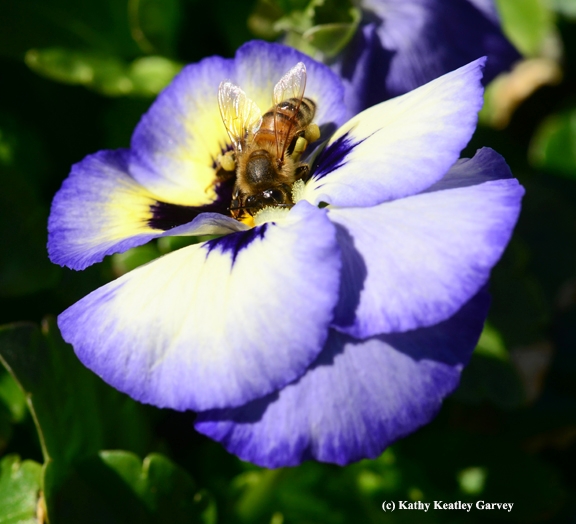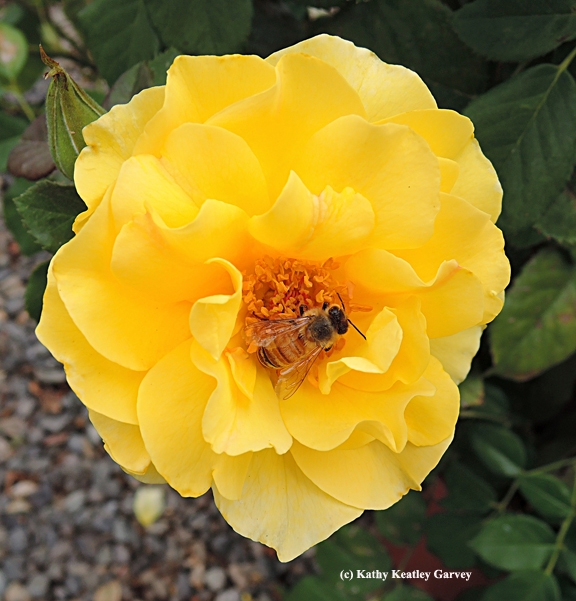How to celebrate Valentine's Day?
Well, without pollinators, we wouldn't be celebrating Valentine's Day as we know it.
That box of chocolates? Give thanks to the midges that pollinated the cacao tree, Theobroma cacao.
That bouquet of mixed flowers? Honey bees probably visited them before they were gifted to you. Among honey bee favorites are lavenders, mints, sunflowers, asters, basil, rosemary and the like.
That candle on your dining room table or fireplace? It may be made of beeswax, provided by the bees.
But to paraphase John F. Kennedy, it shouldn't be about what bees can do for us; it should be what we can do for the bees. Two of the nicest things we can do are to (1) plant a bee friendly garden, offering a diversity of their favorite seasonal plants, (2) avoid pesticides and (3) learn about the bees around us and their needs.
You can learn how to attract pollinators at a workshop set March 28 on the UC Davis campus. That's when the California Center for Urban Horticulture is sponsoring "Your Sustainable Backyard: Creating a Living Landscape." Registration is underway.
Another perfect gift for Valentine's Day is the newly published California Bees and Blooms: A Guide for Gardener and Naturalists (Heyday), the work of Gordon Frankie, Robbin Thorp, Rollin Coville and Gretchen Ertier, all with UC Berkeley connections, and one with a UC Berkeley/UC Davis connection. That would be native pollinator specialist Robbin Thorp, distinguished emeritus professor at UC Davis, who holds a doctorate in entomology from UC Berkeley.
As the authors point out, California is home to some 1600 species of bees. In their must-have book, they describe bee behavior, social structure, flight season, preferred flowers, and natural enemies. They offer "recipes" for bee gardens and list how you can become involved with projects that protect bees and promote public awareness.
Can't you just hear the bees communicating "Bee Mine?"
Attached Images:

